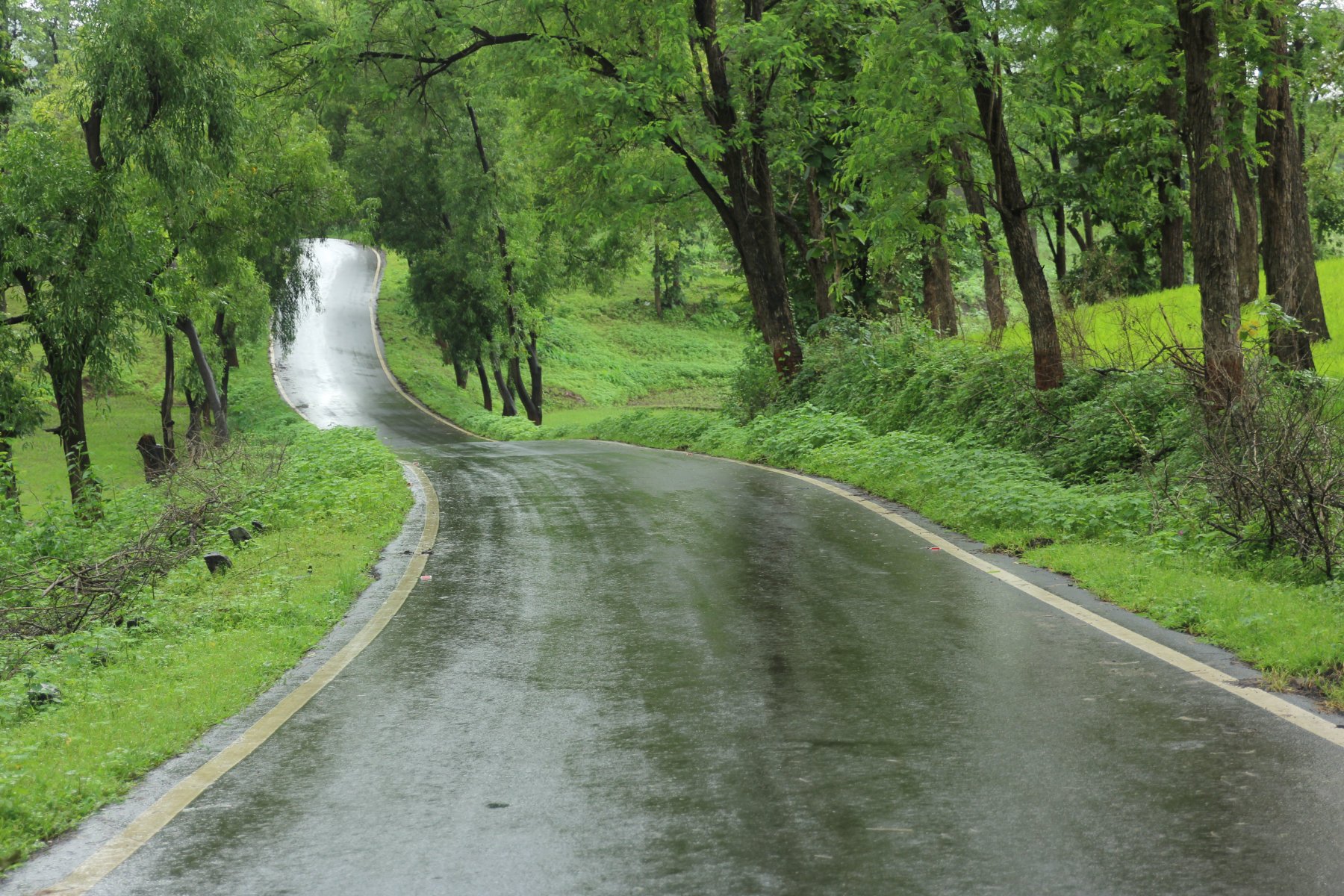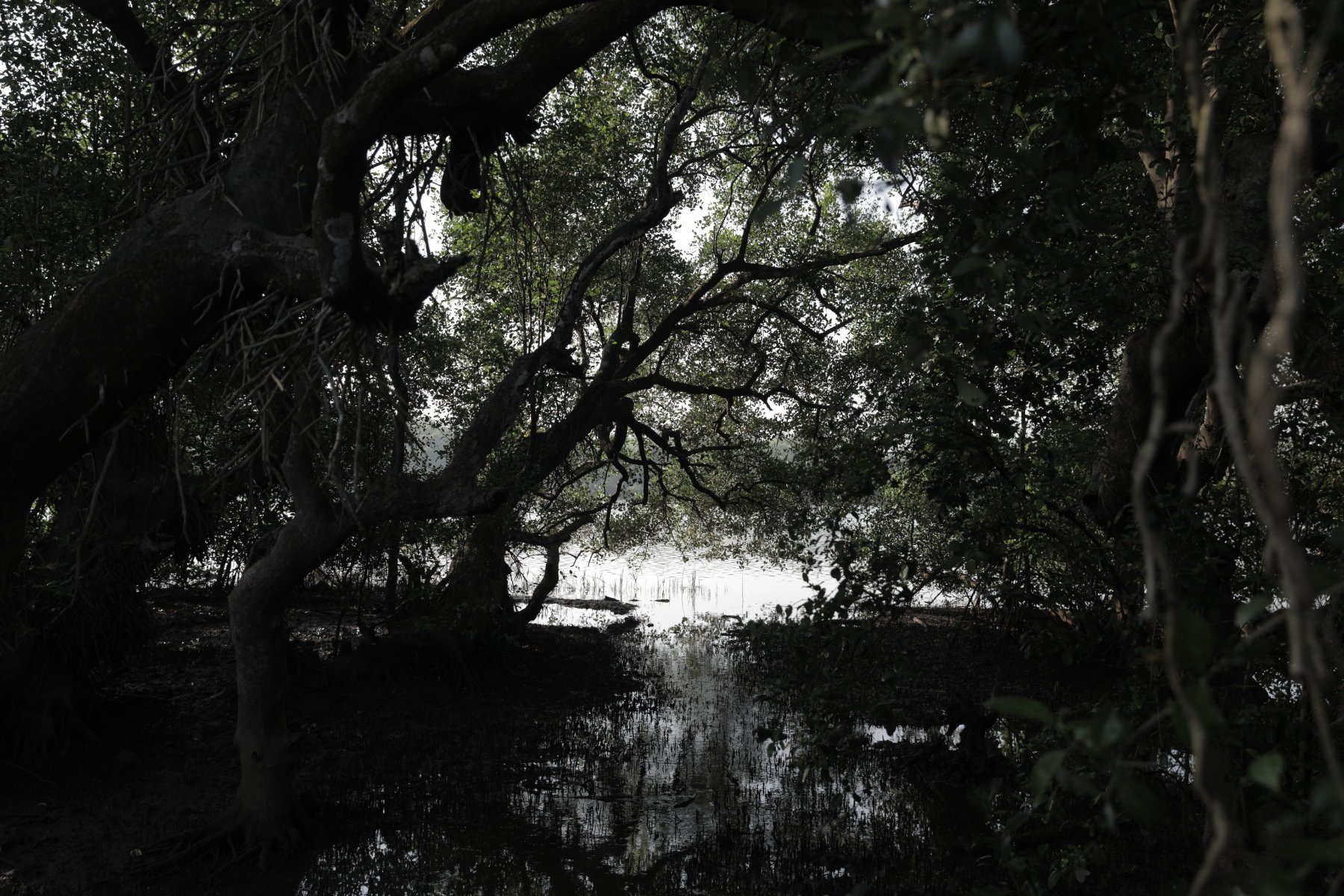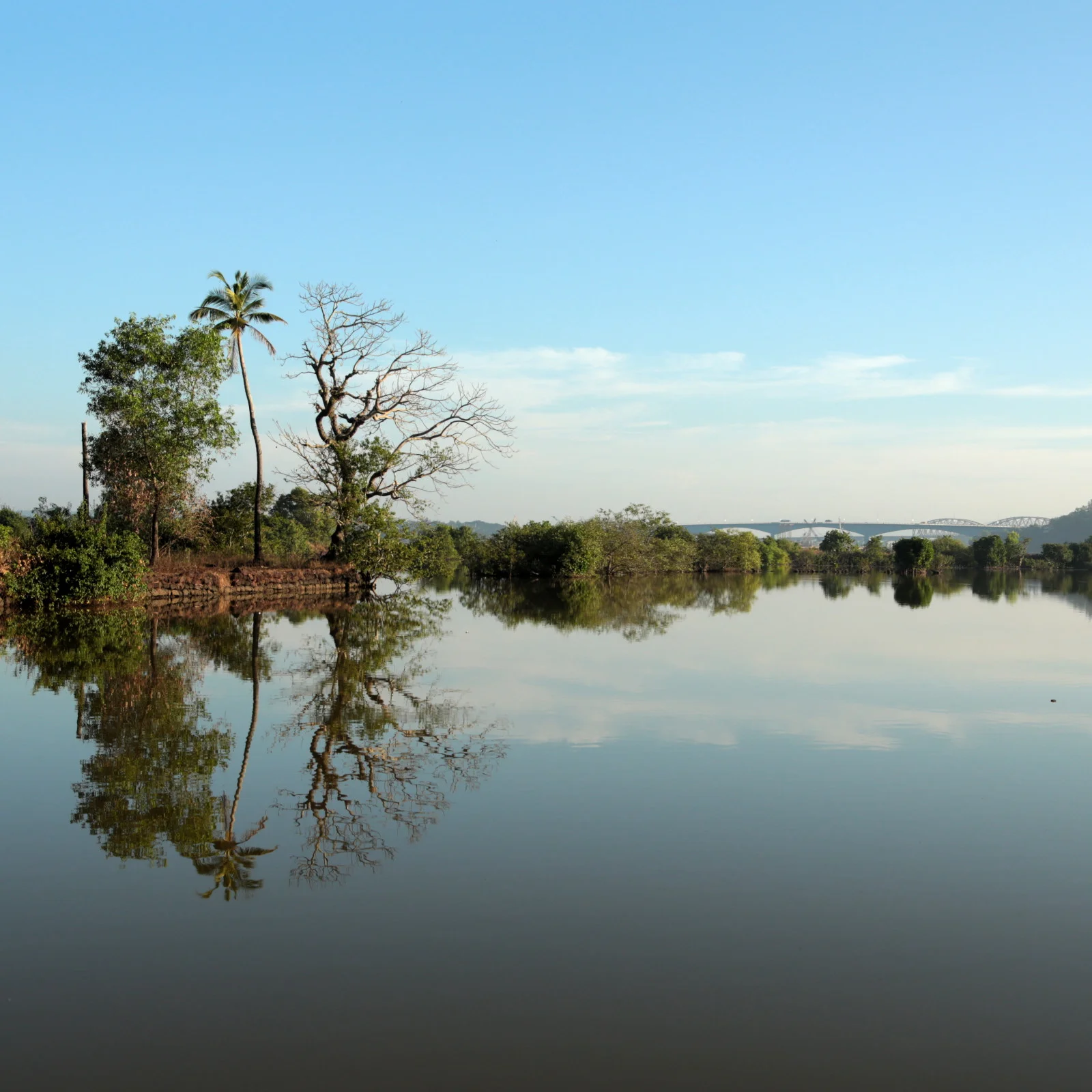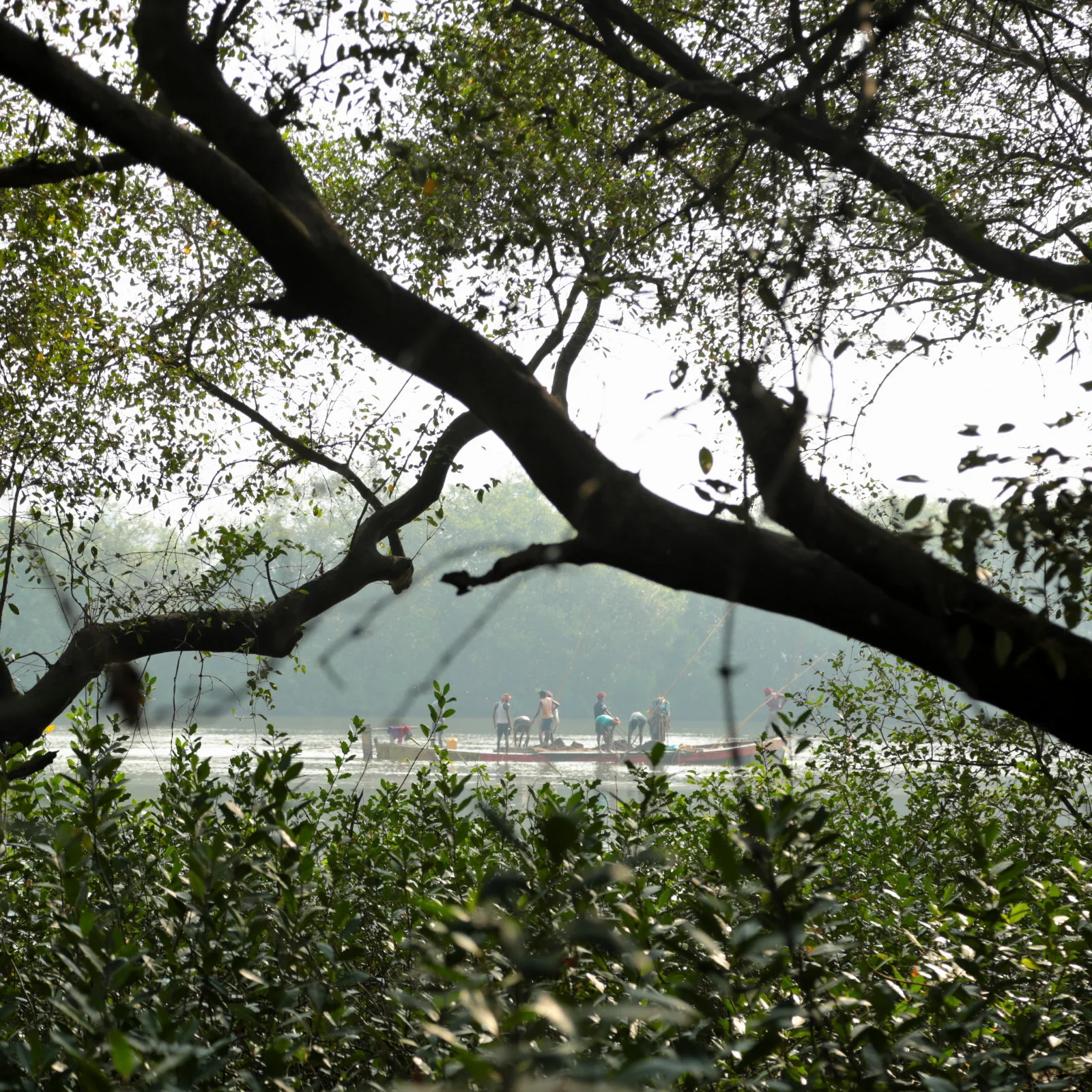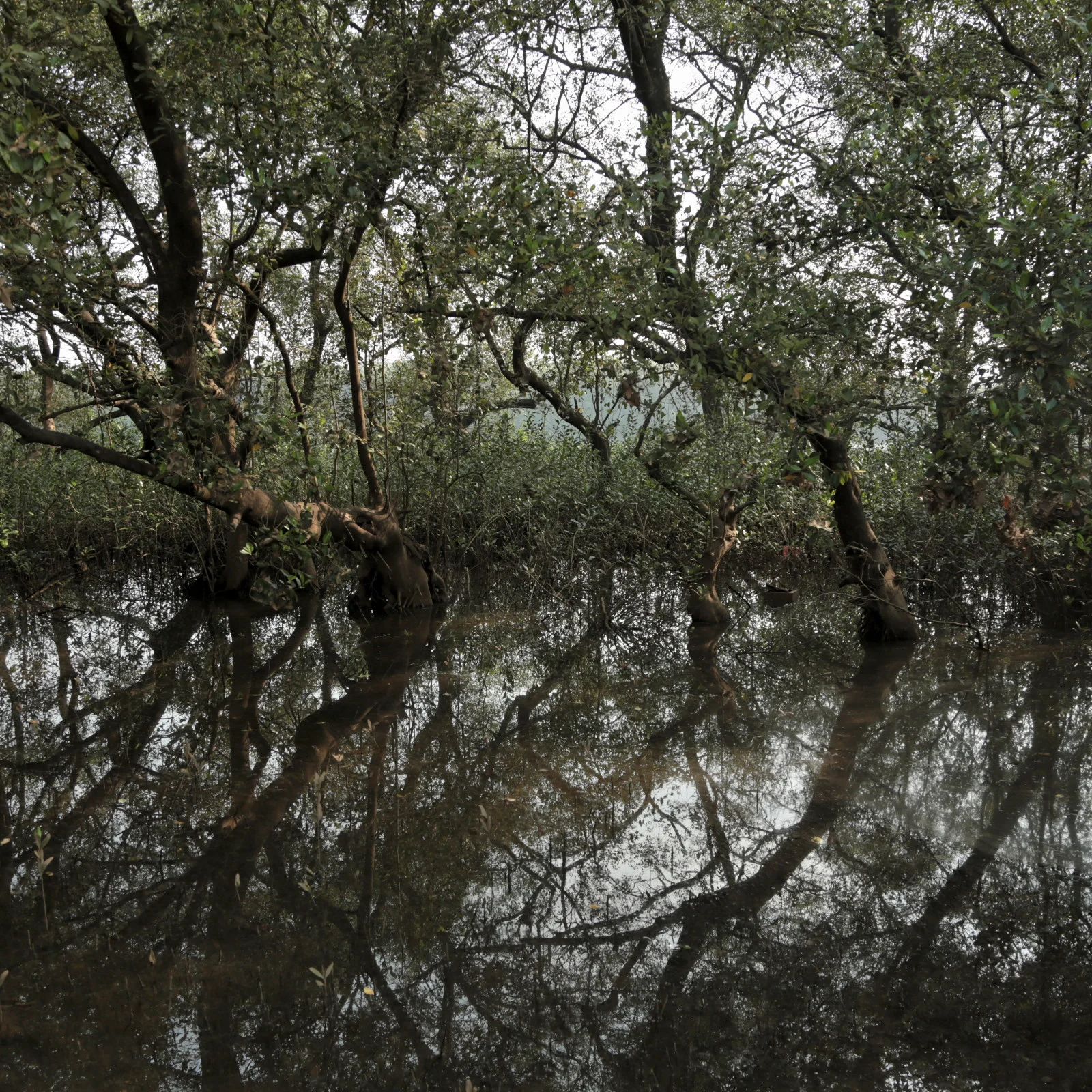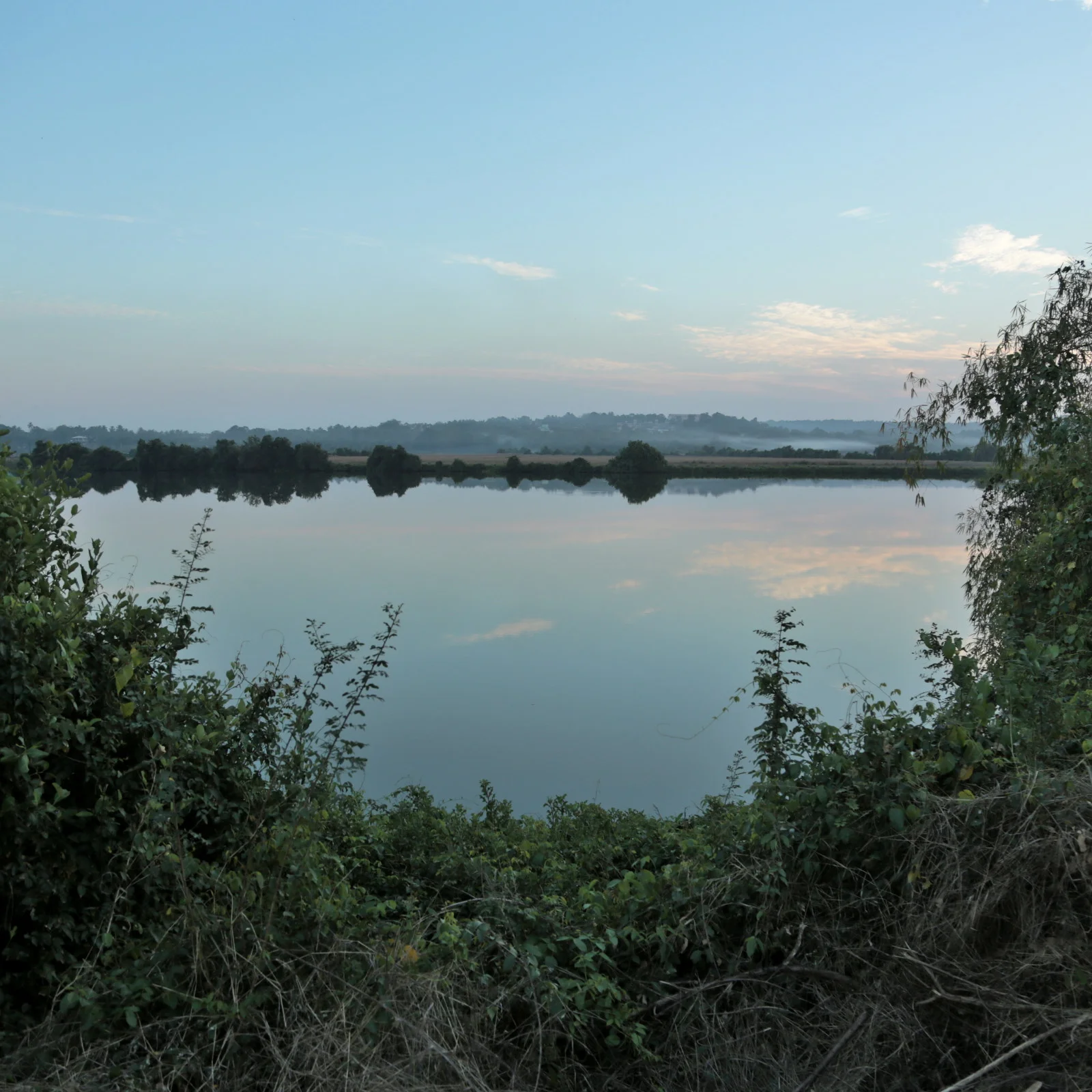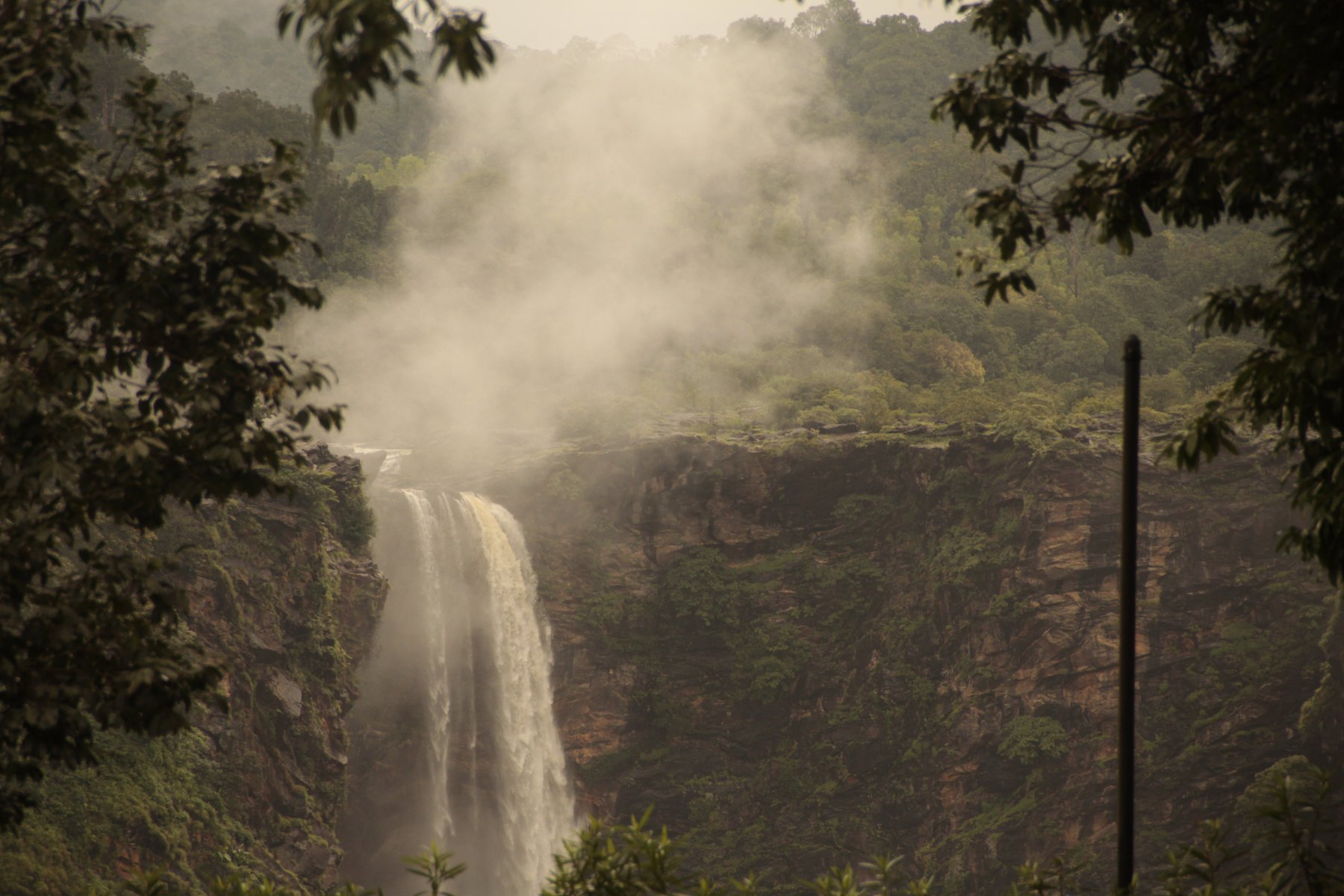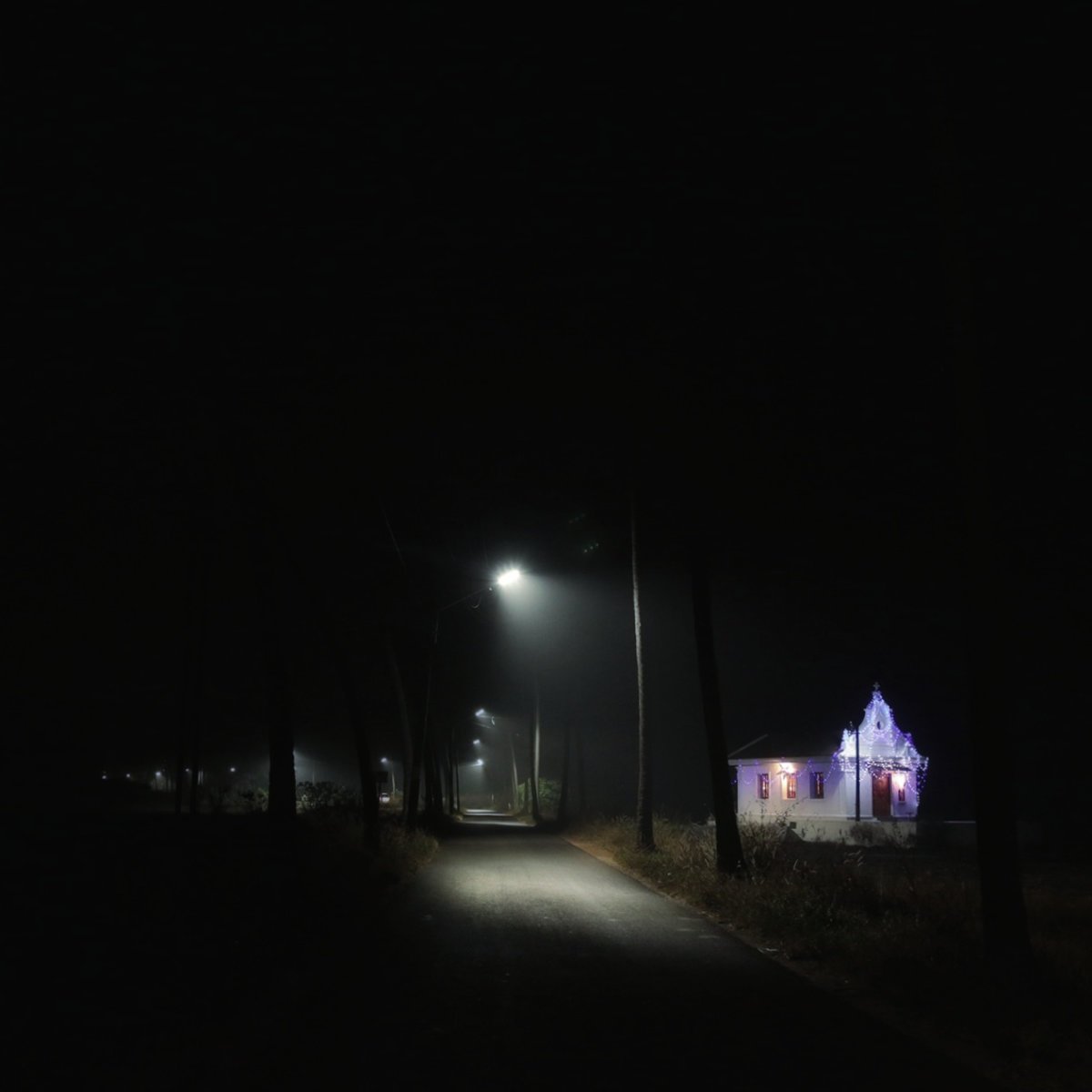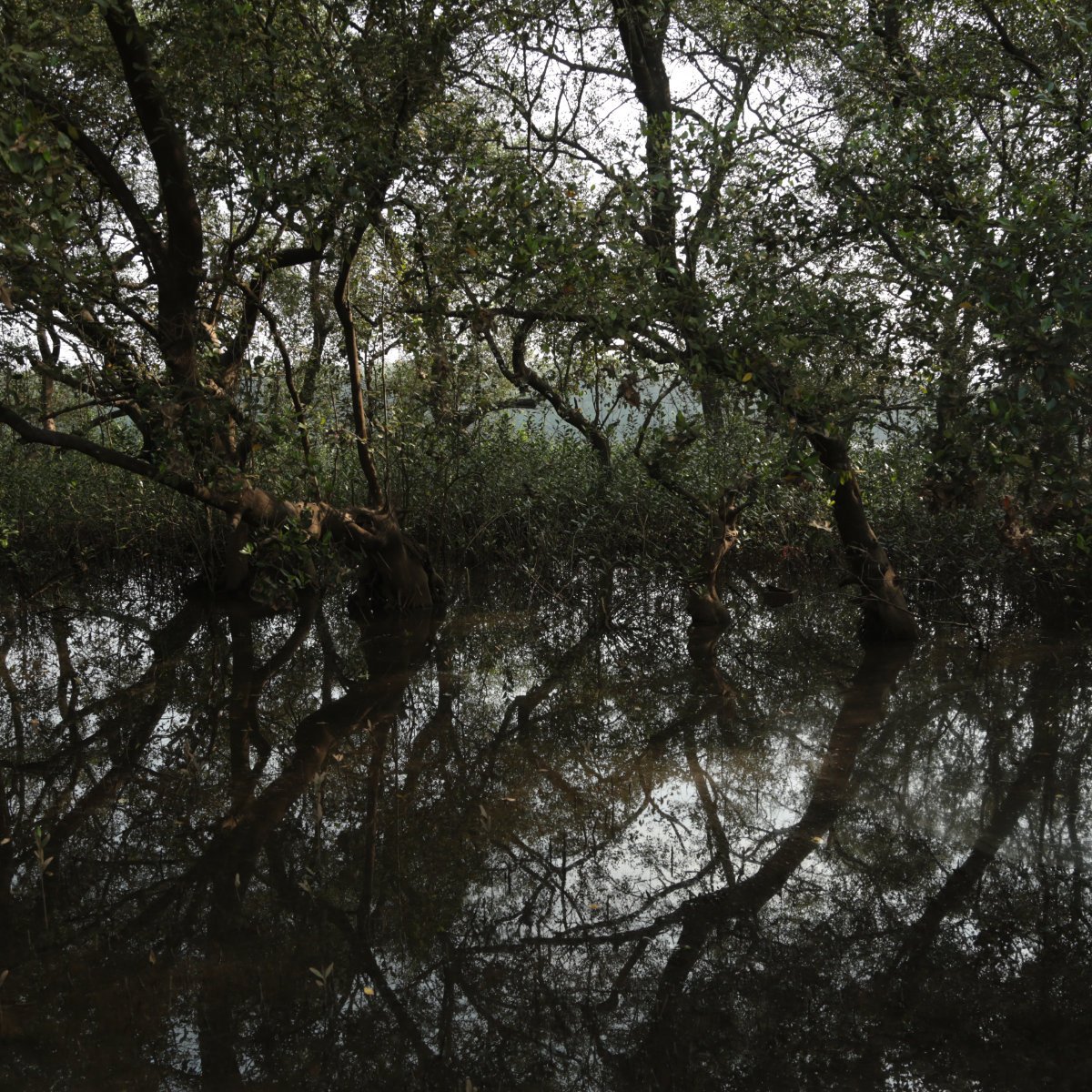Goa
The 105-km mainland coastline of Goa features sandy beaches, estuaries, and promontories, while its interior is marked by low, forested plateaus merging with the wooded slopes of the Western Ghats. The Mandavi and Zuvari rivers frame the main island of Goa, a rocky headland separating its harbours. Goa experiences an equable climate with temperatures in the 30s C and 20s C year-round, with a southwest monsoon from June to September bringing about 3,000 mm of annual rainfall. The population, a vibrant mix of Christians and Hindus, speak a mixture of Konkani, Marathi Kannada and English, reflecting the region's rich cultural diversity. Agriculture, fishing, mining, and tourism are critical components of the economy.
Panjim
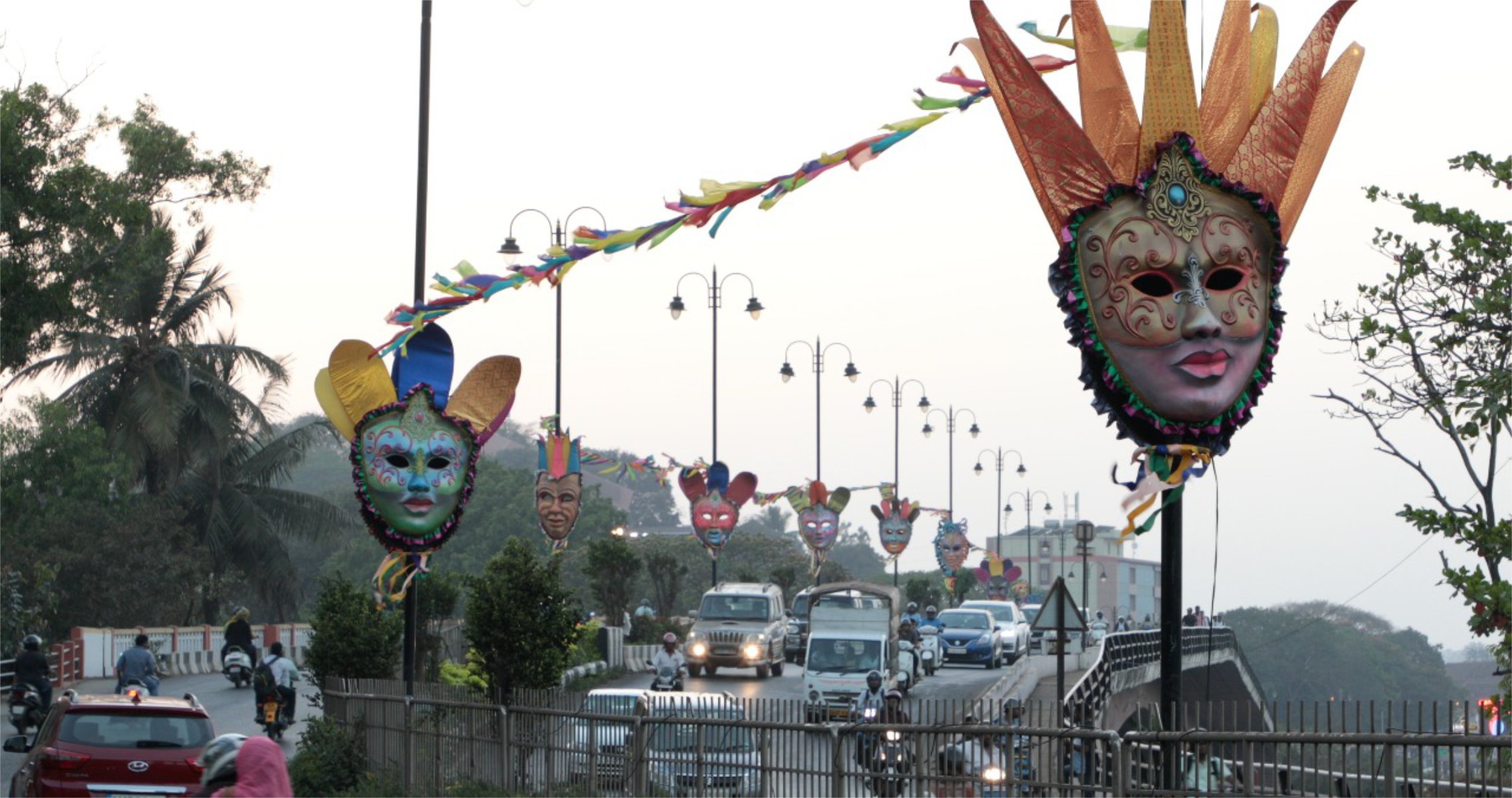
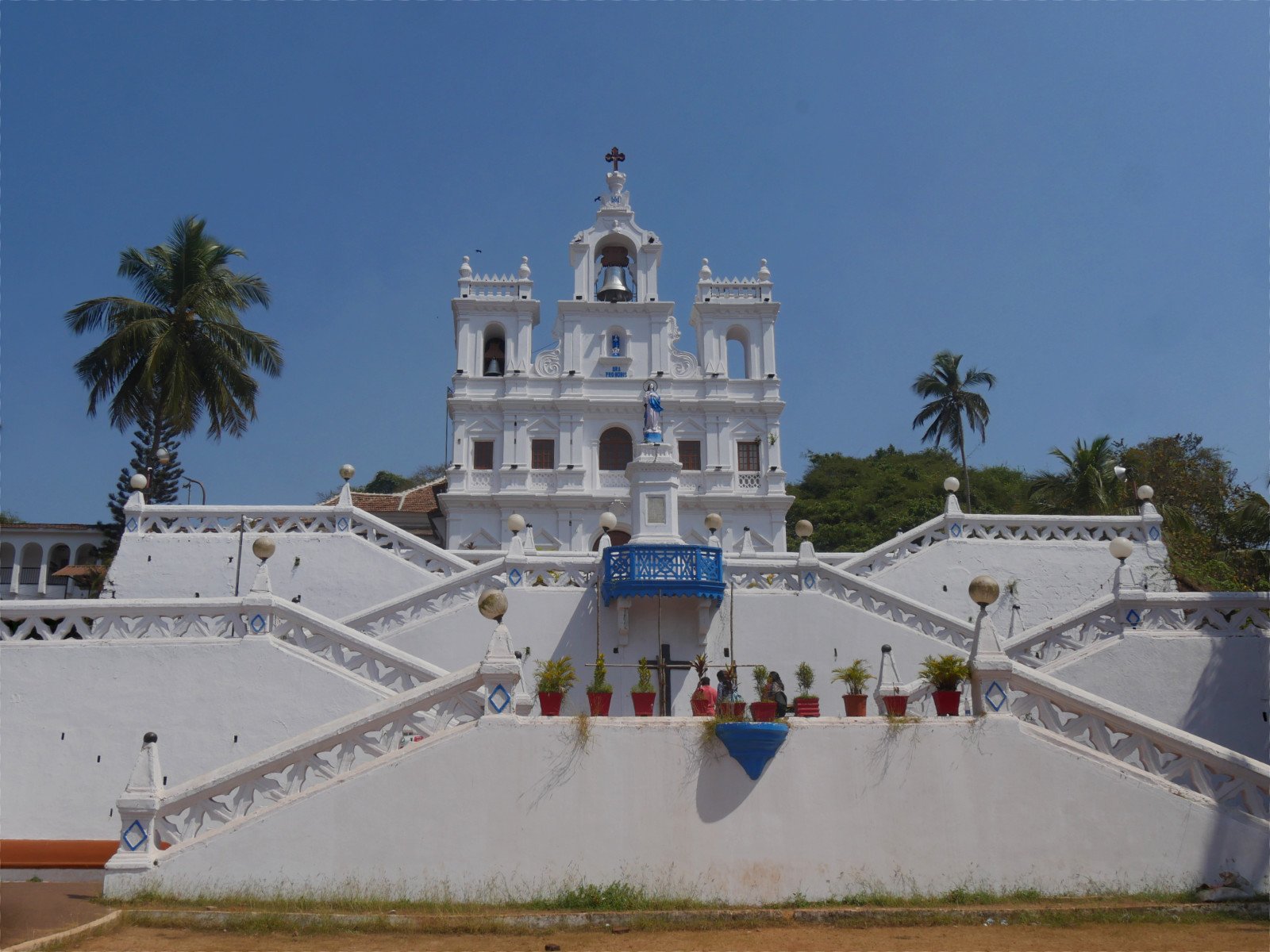
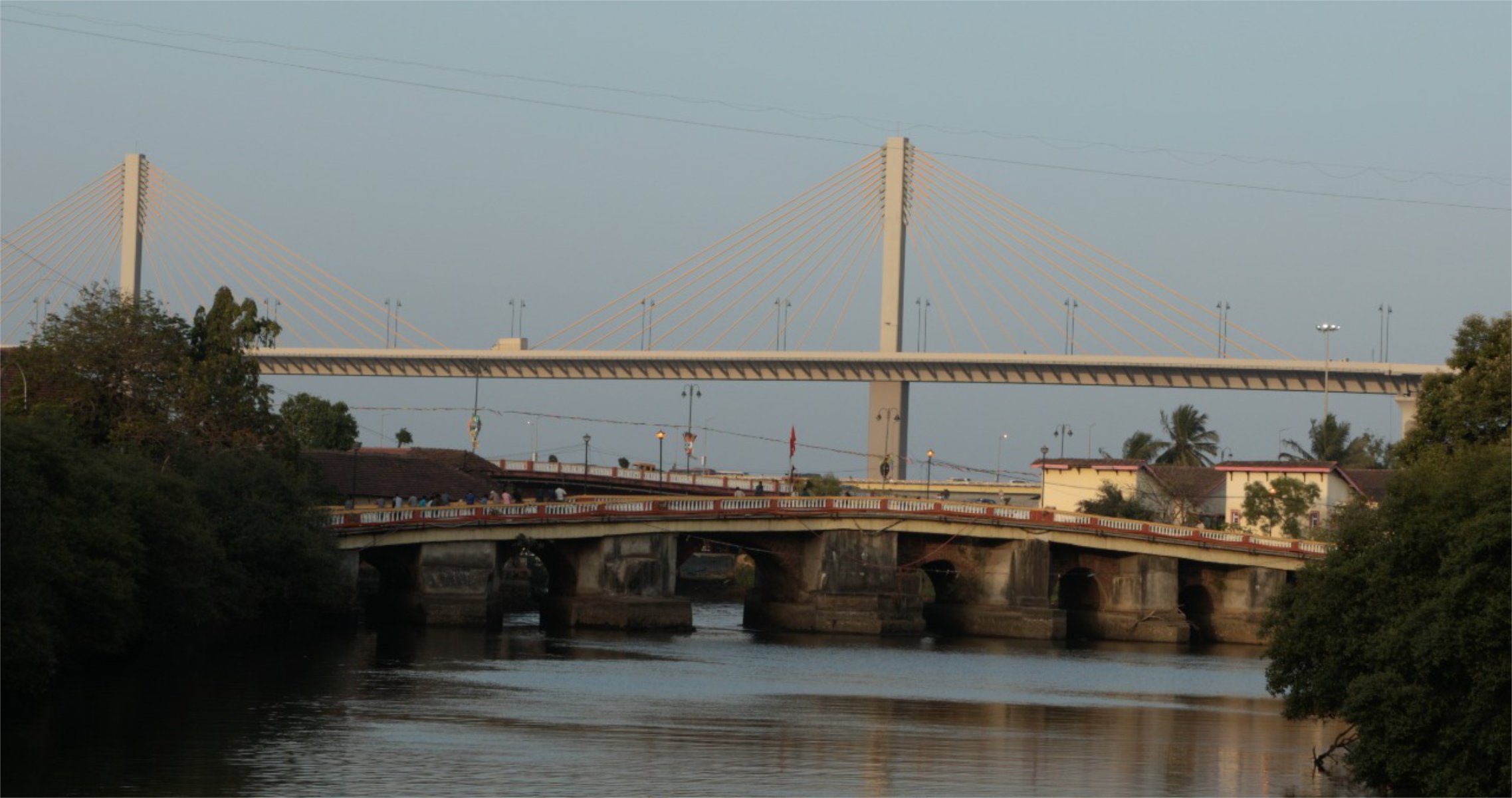
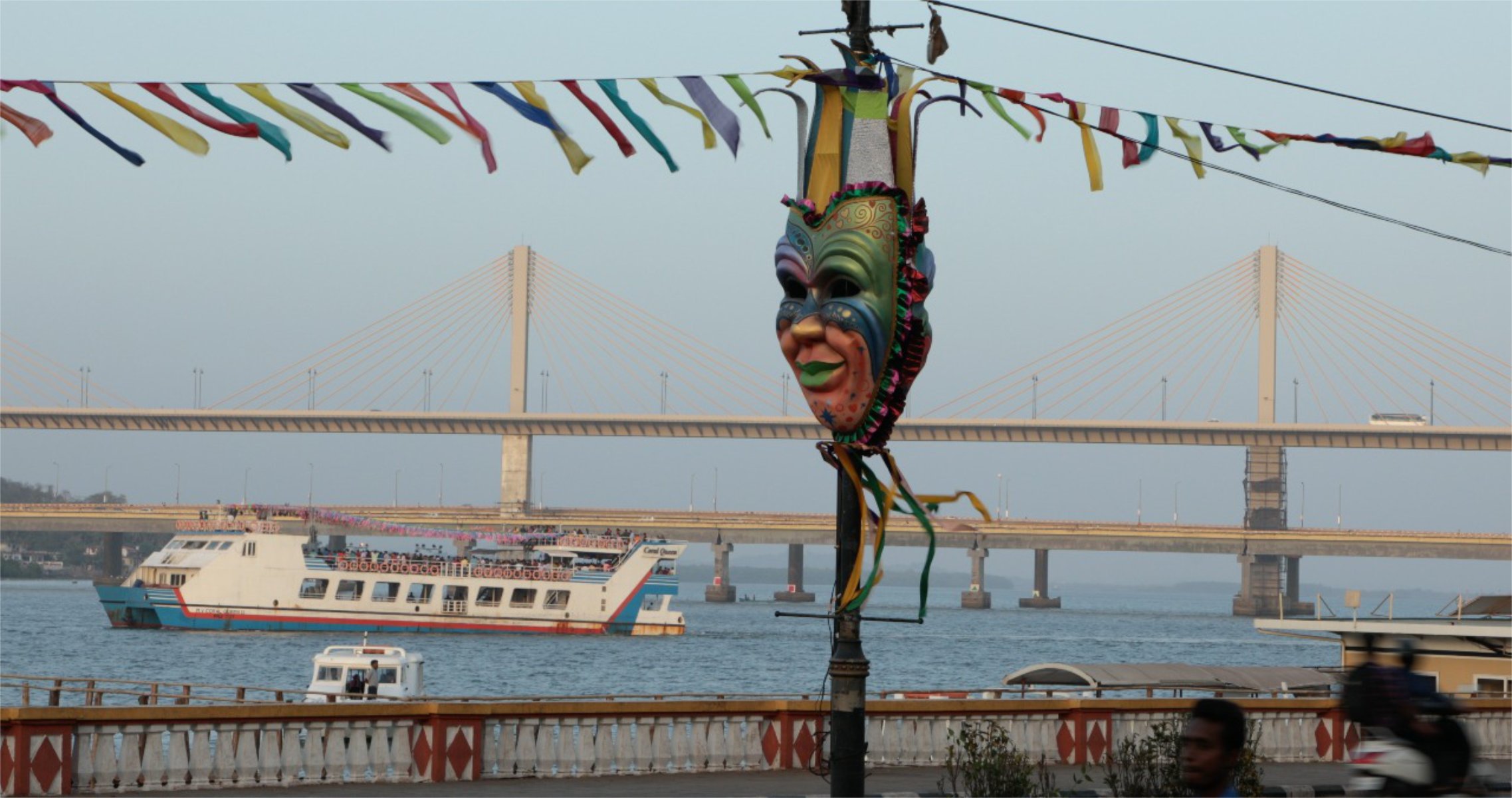
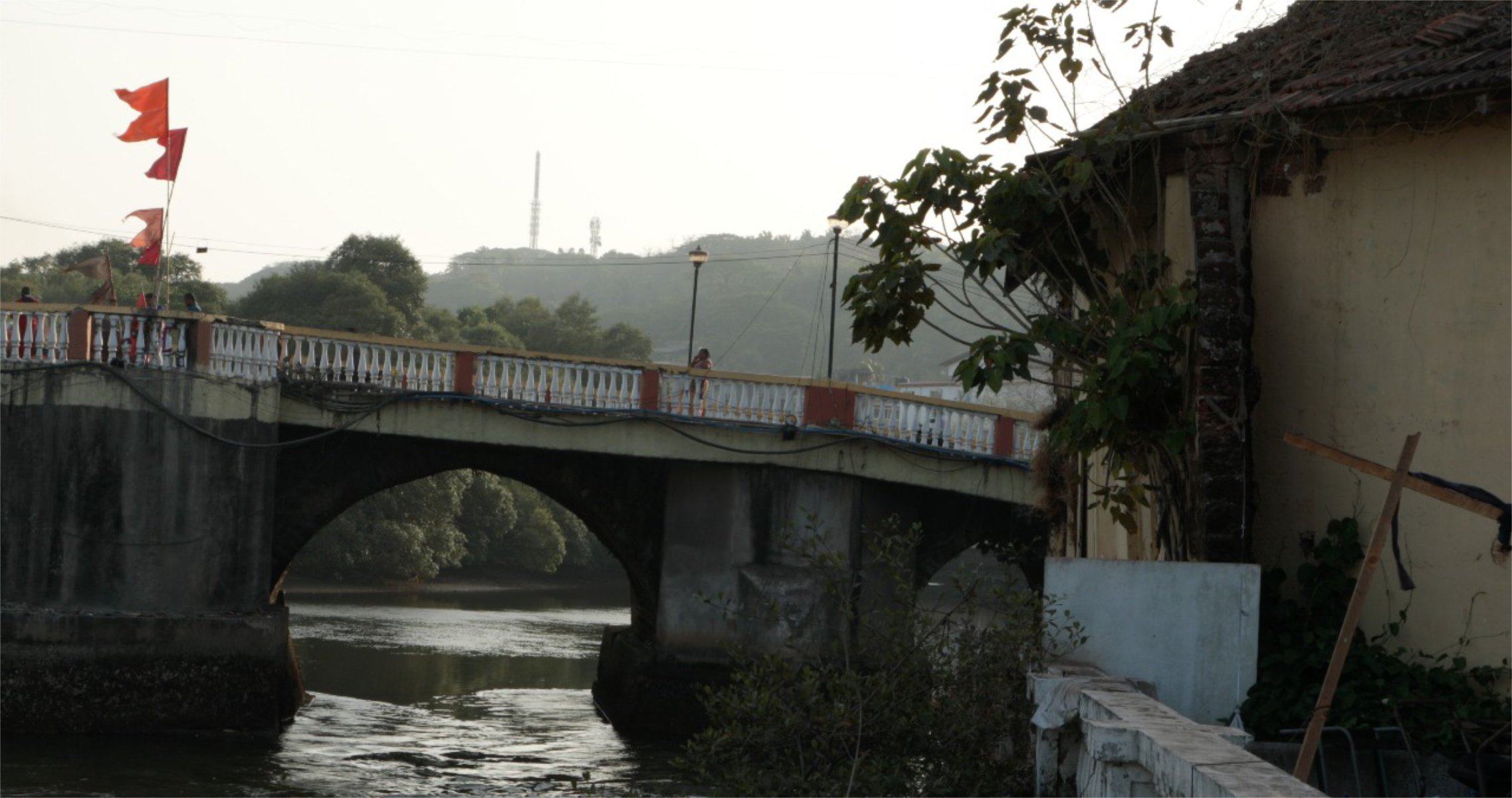

Goa’s Coastline

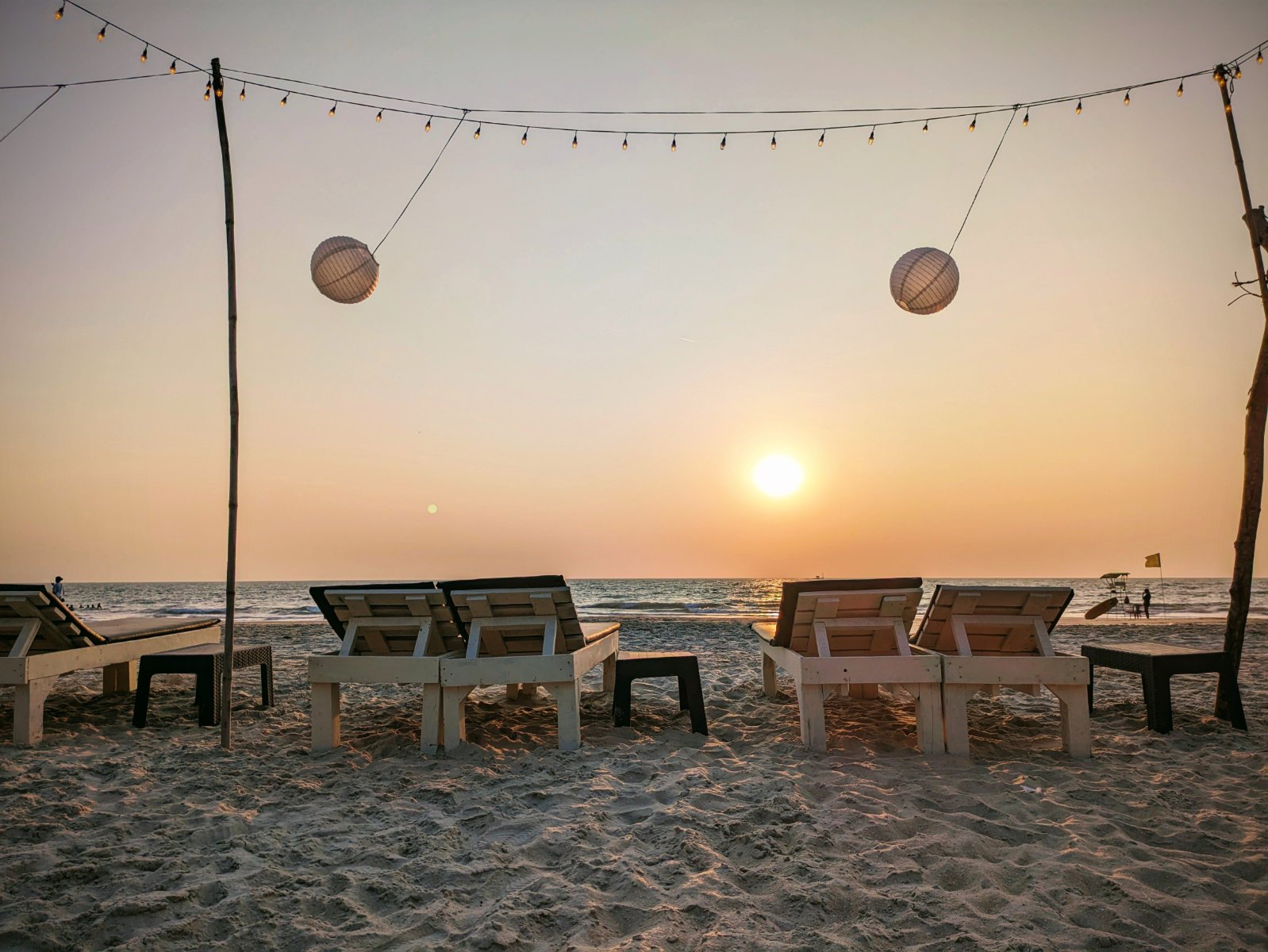

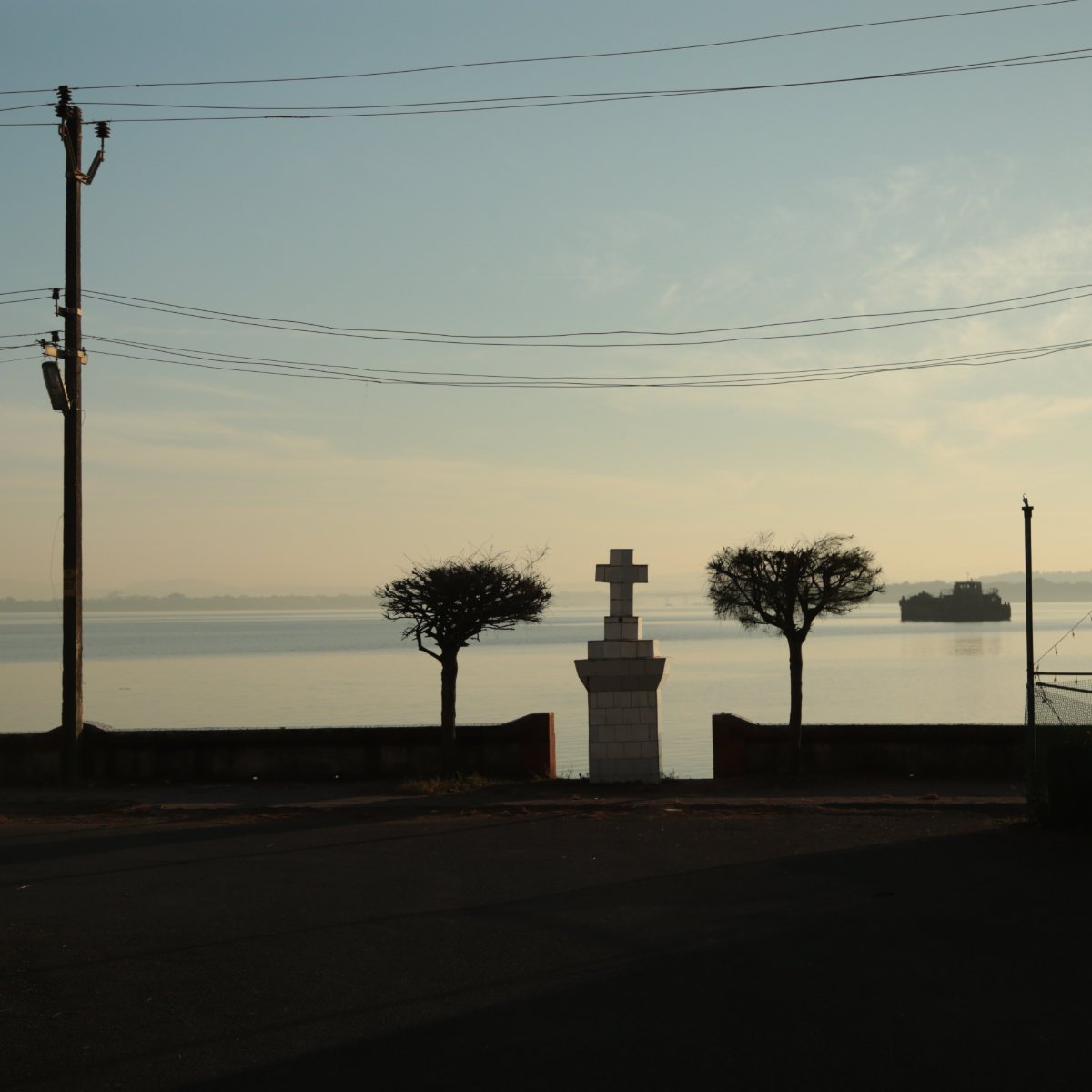
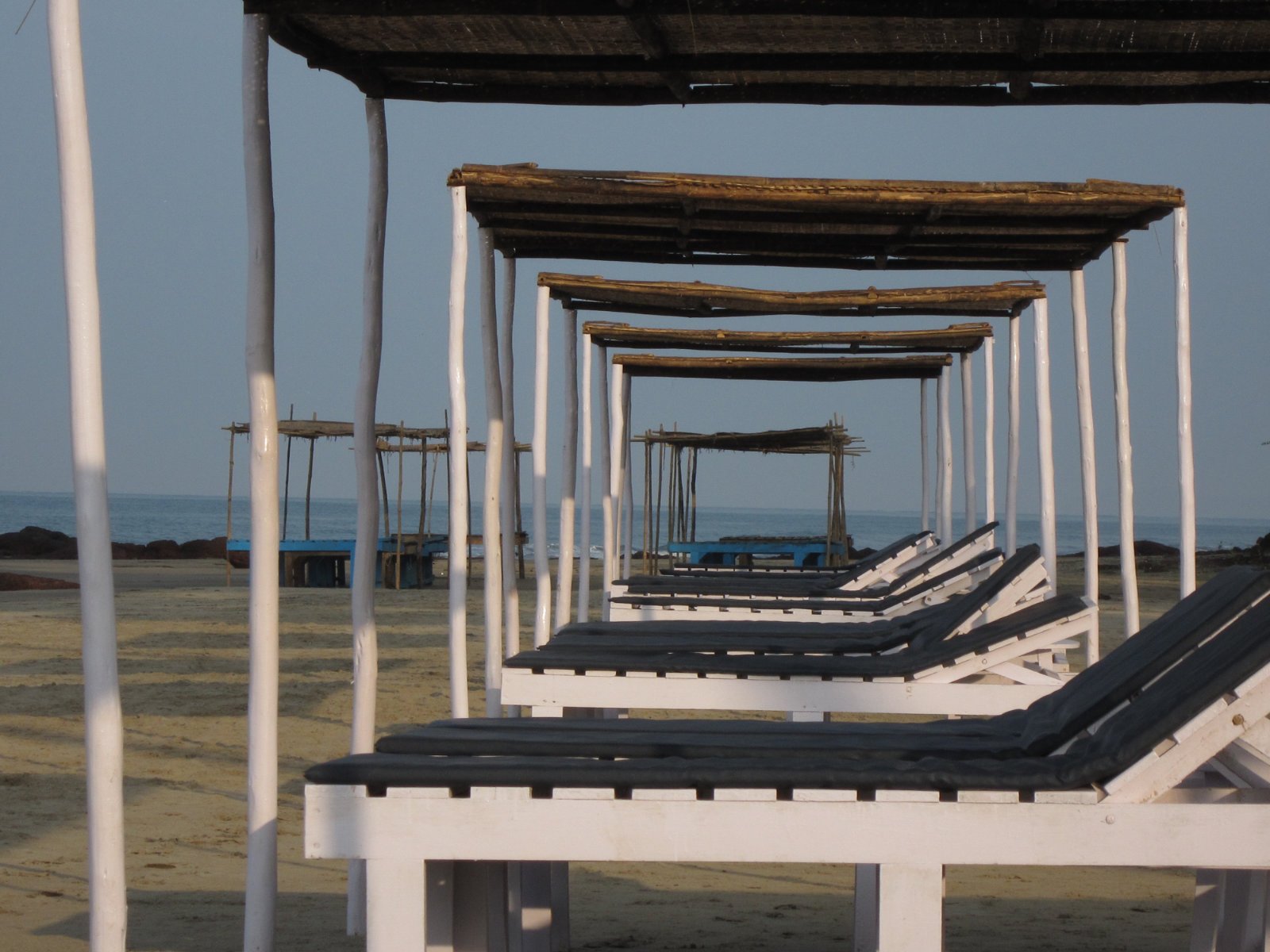
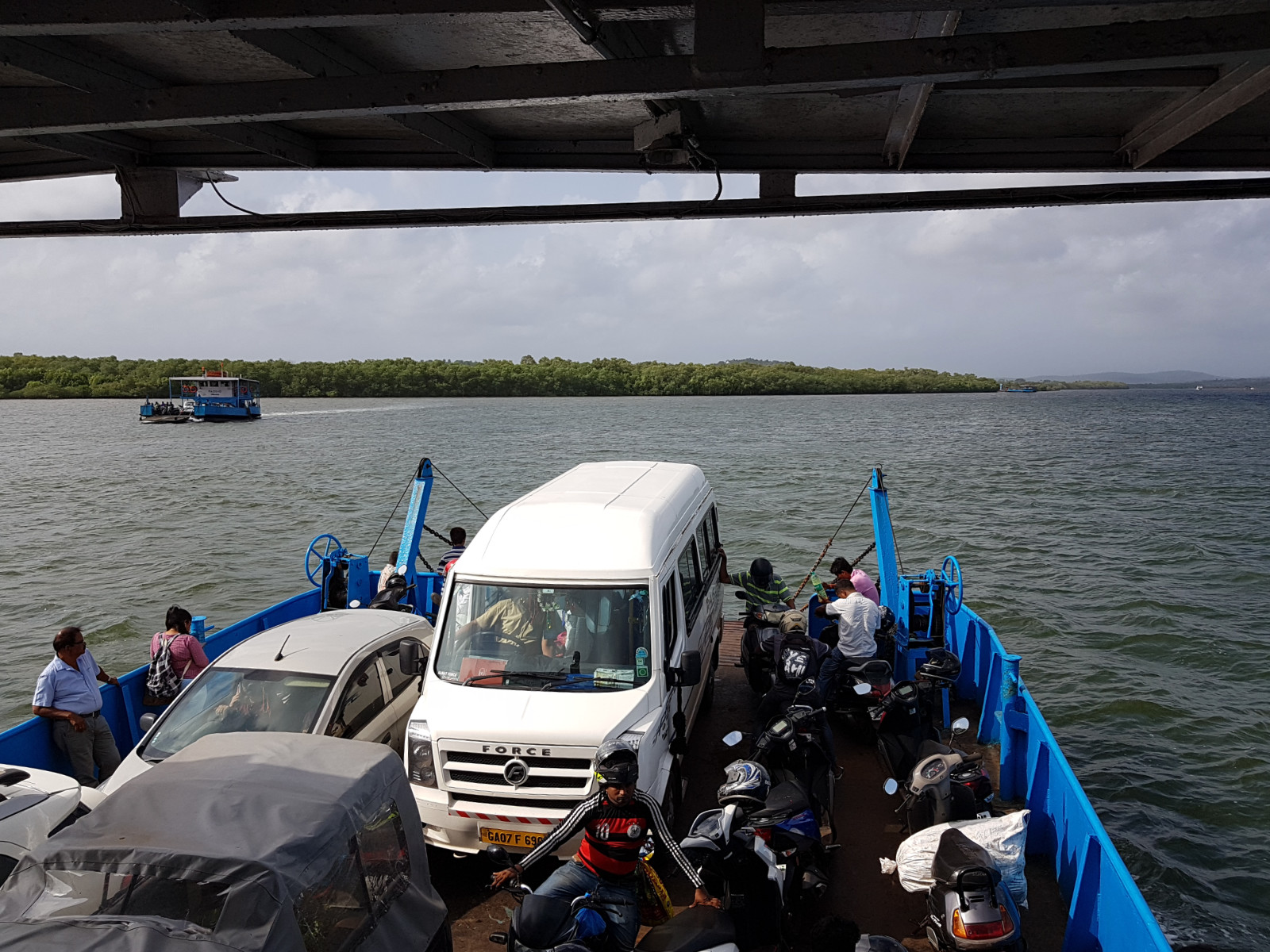


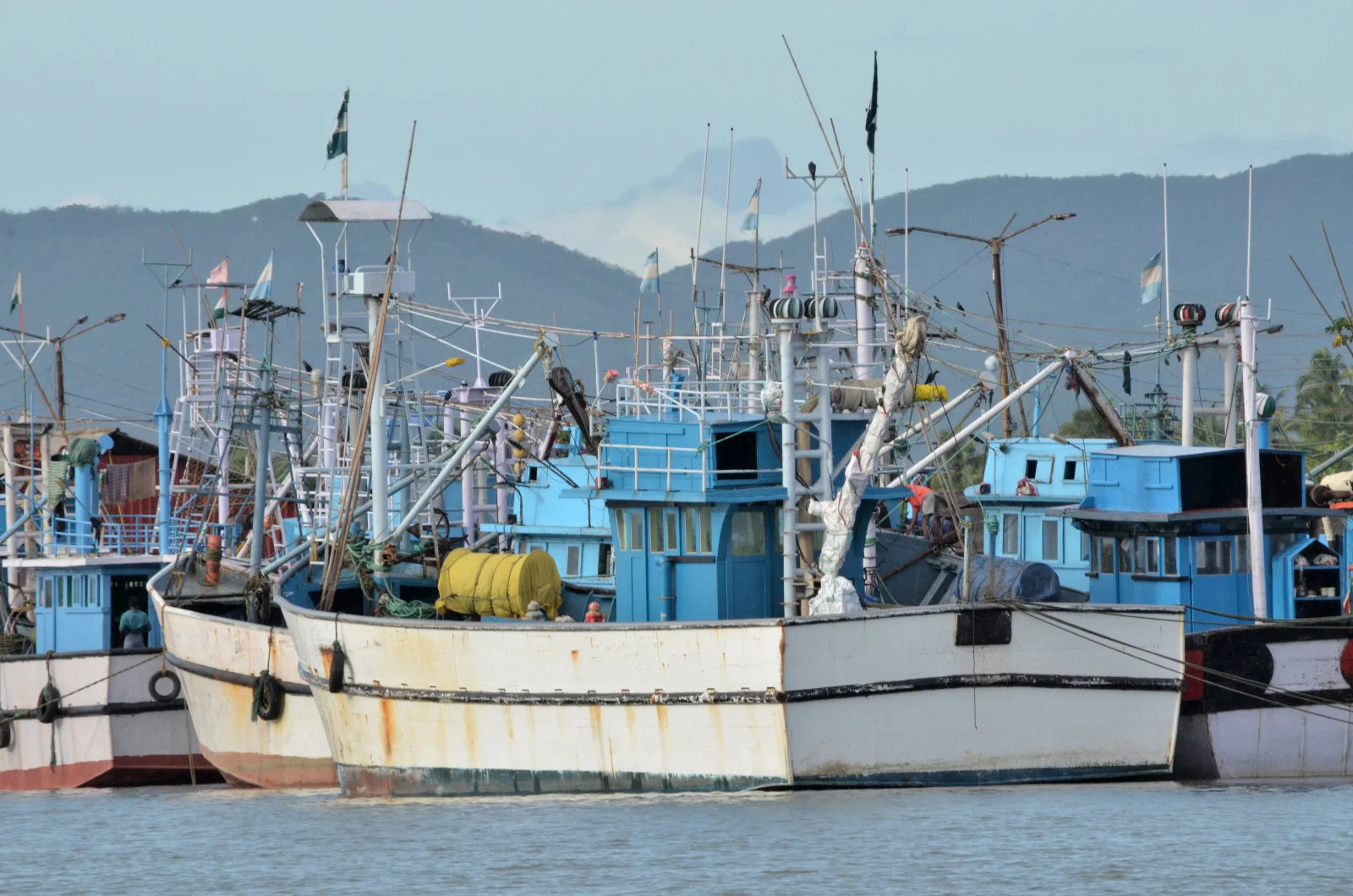
Goa Velha
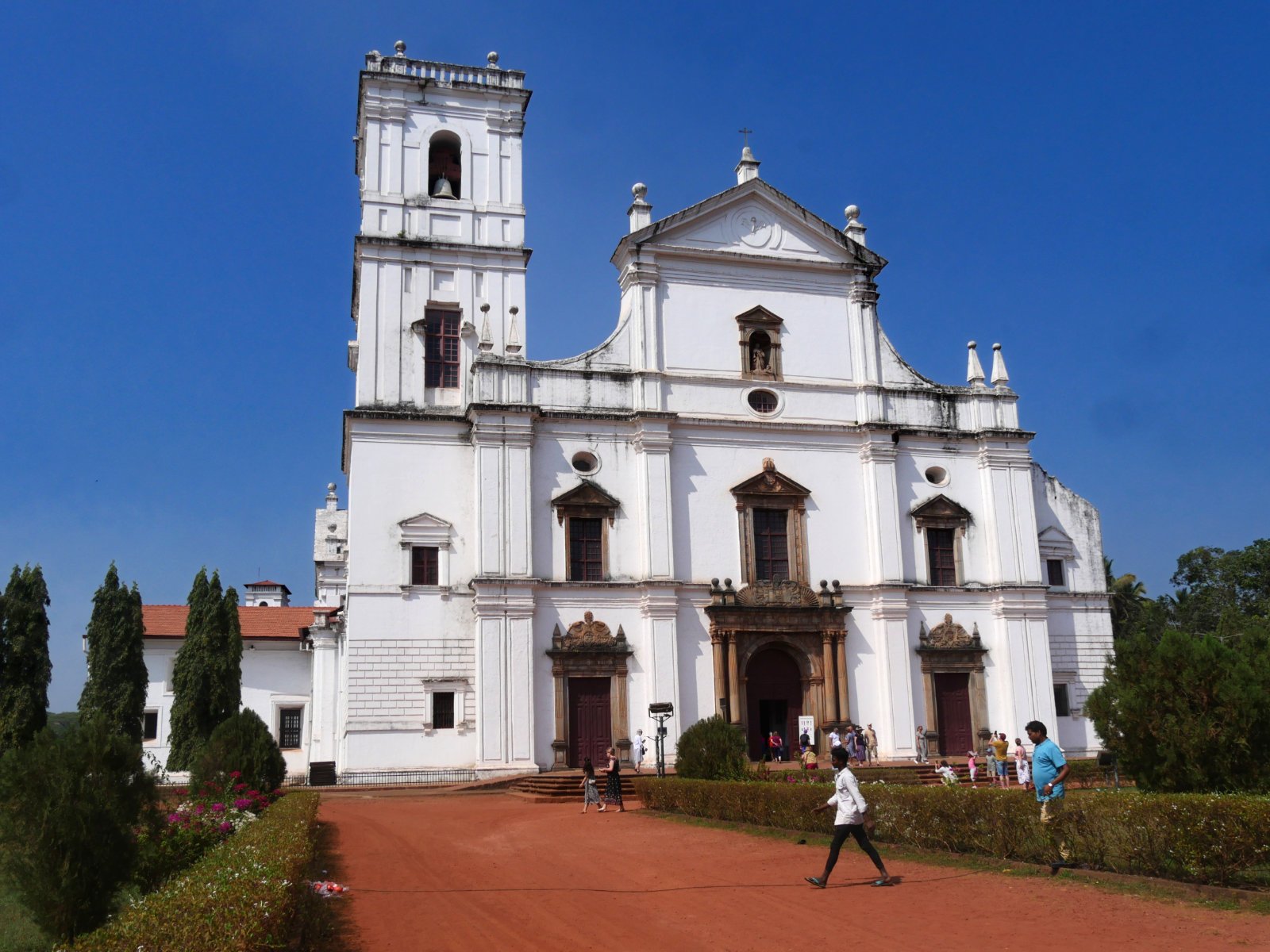

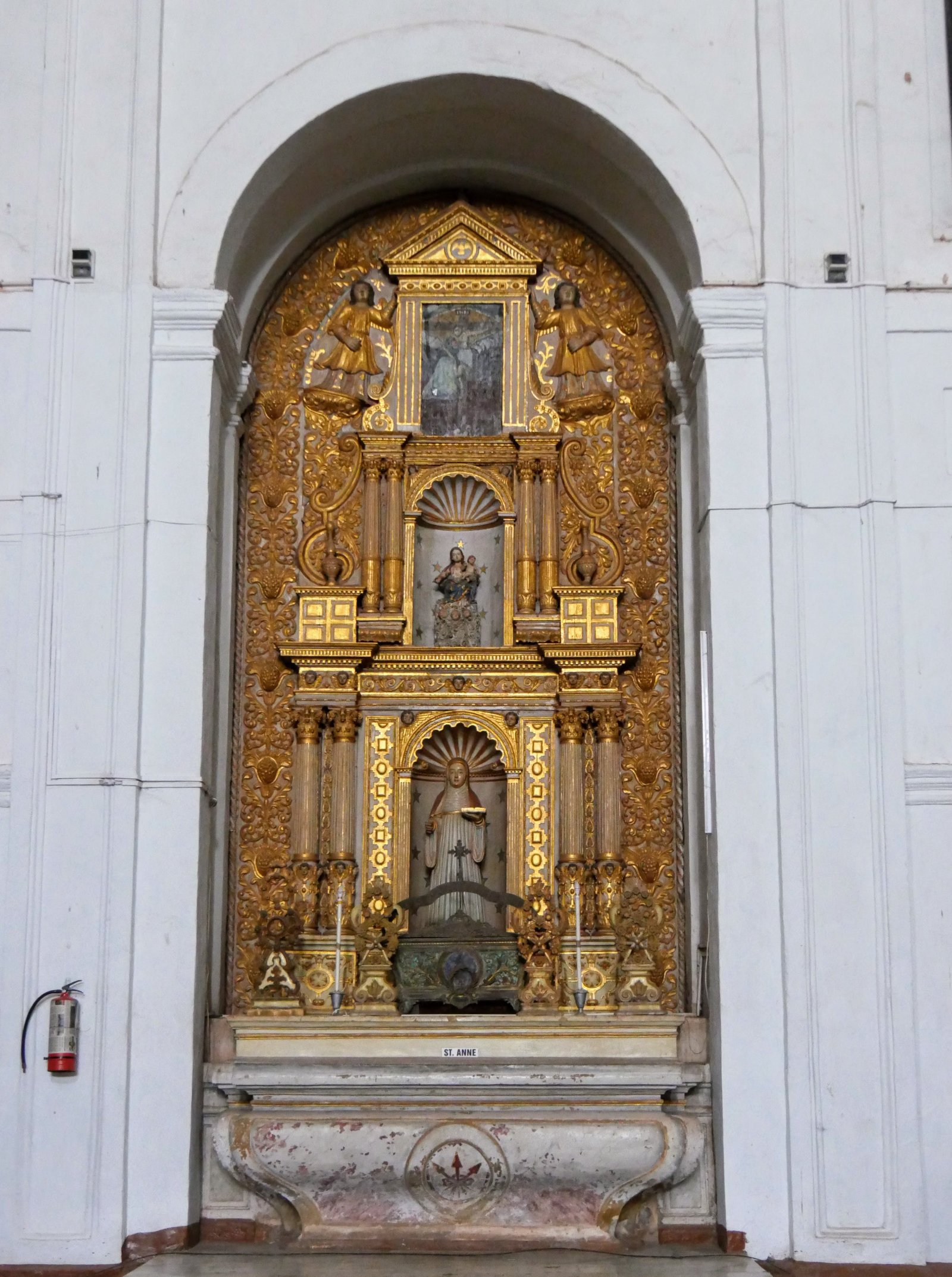
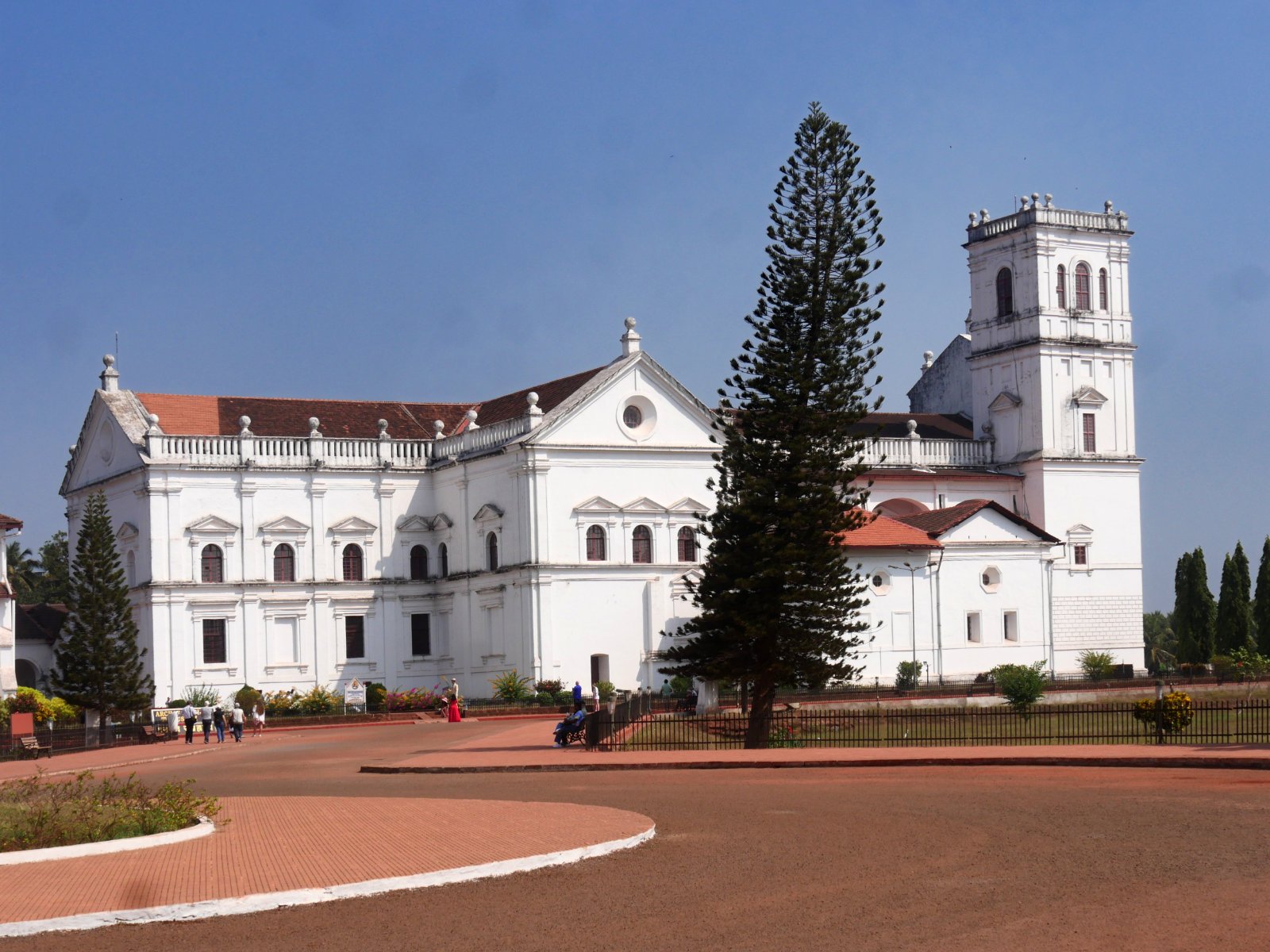
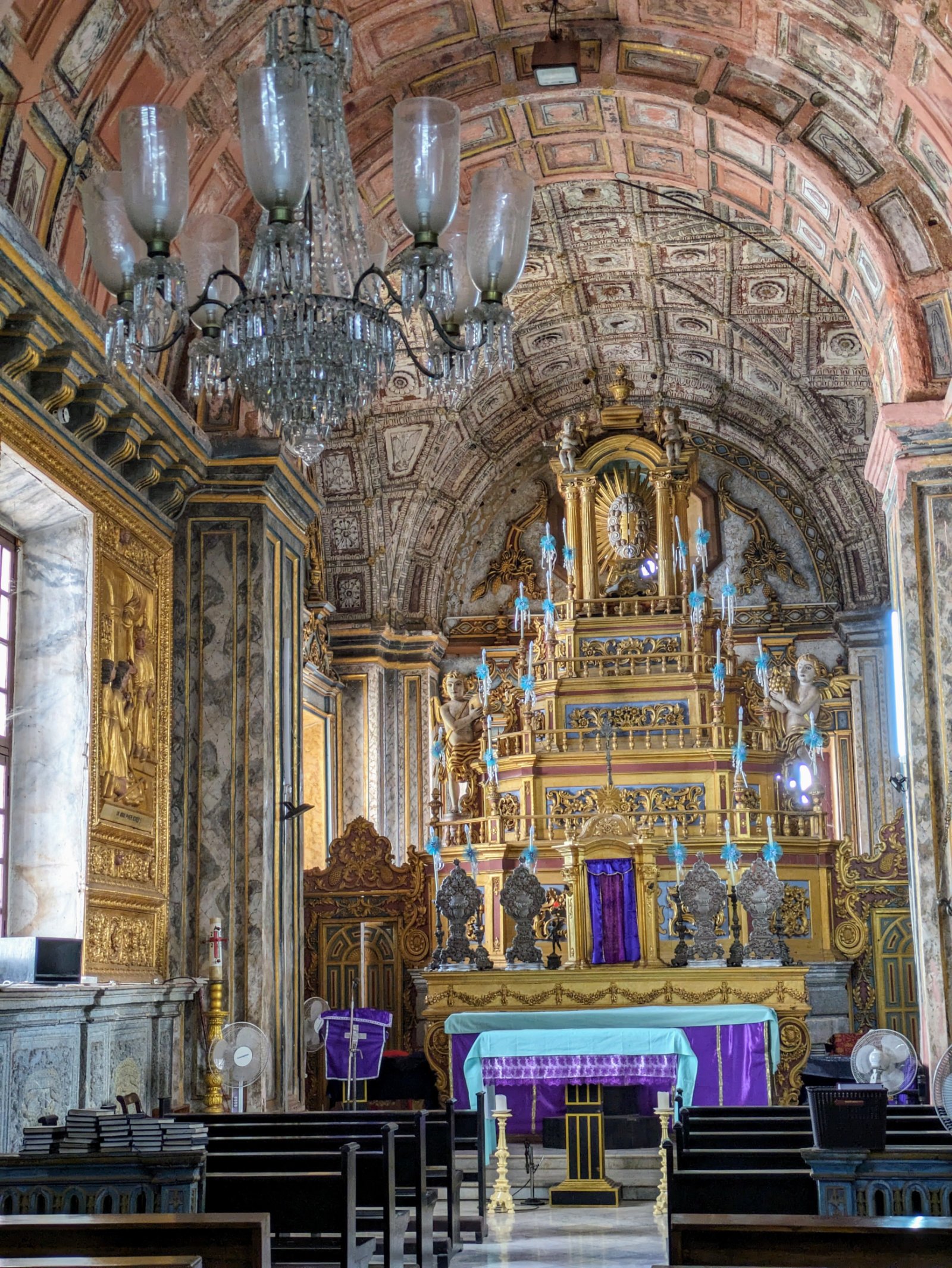
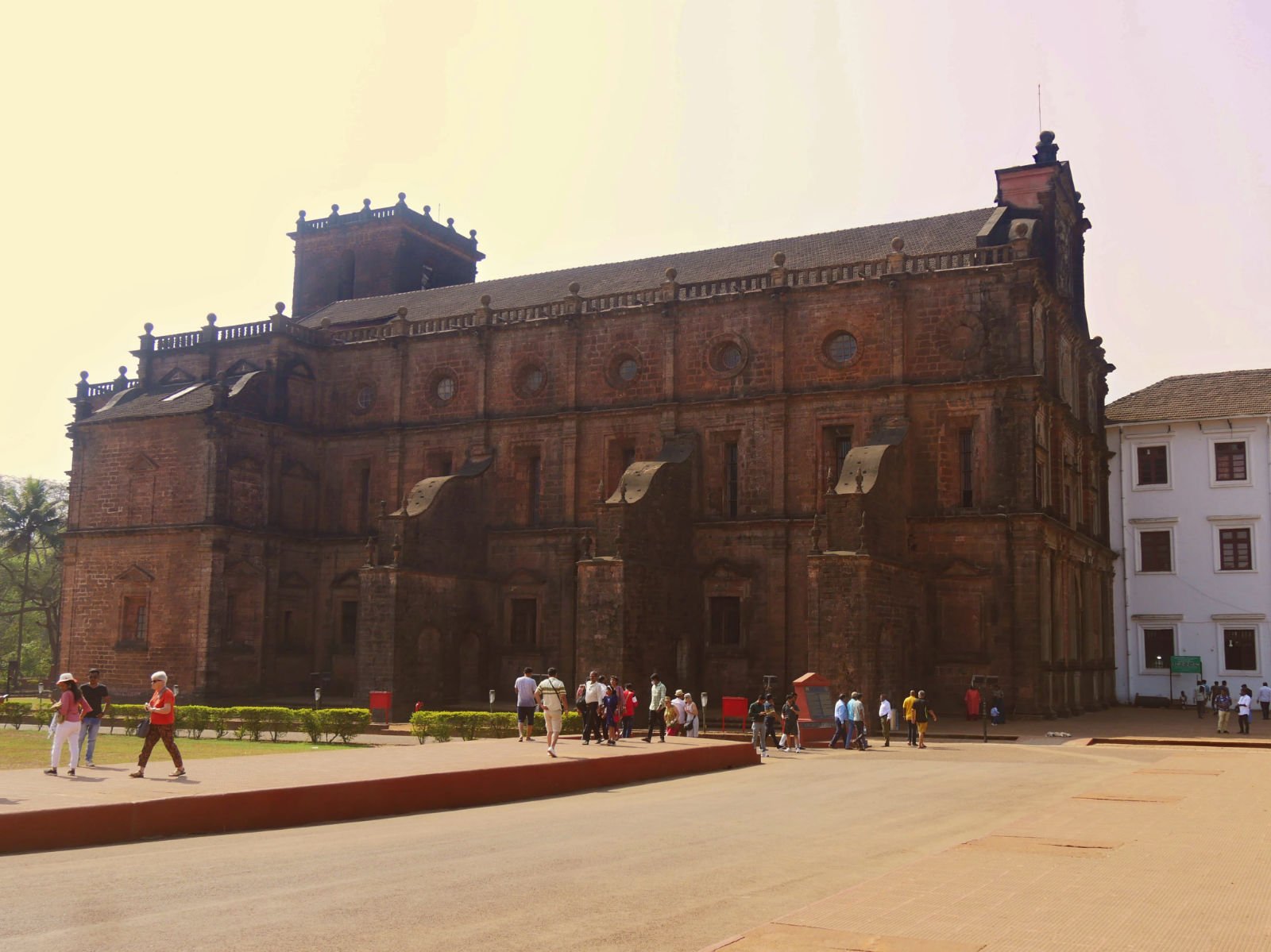
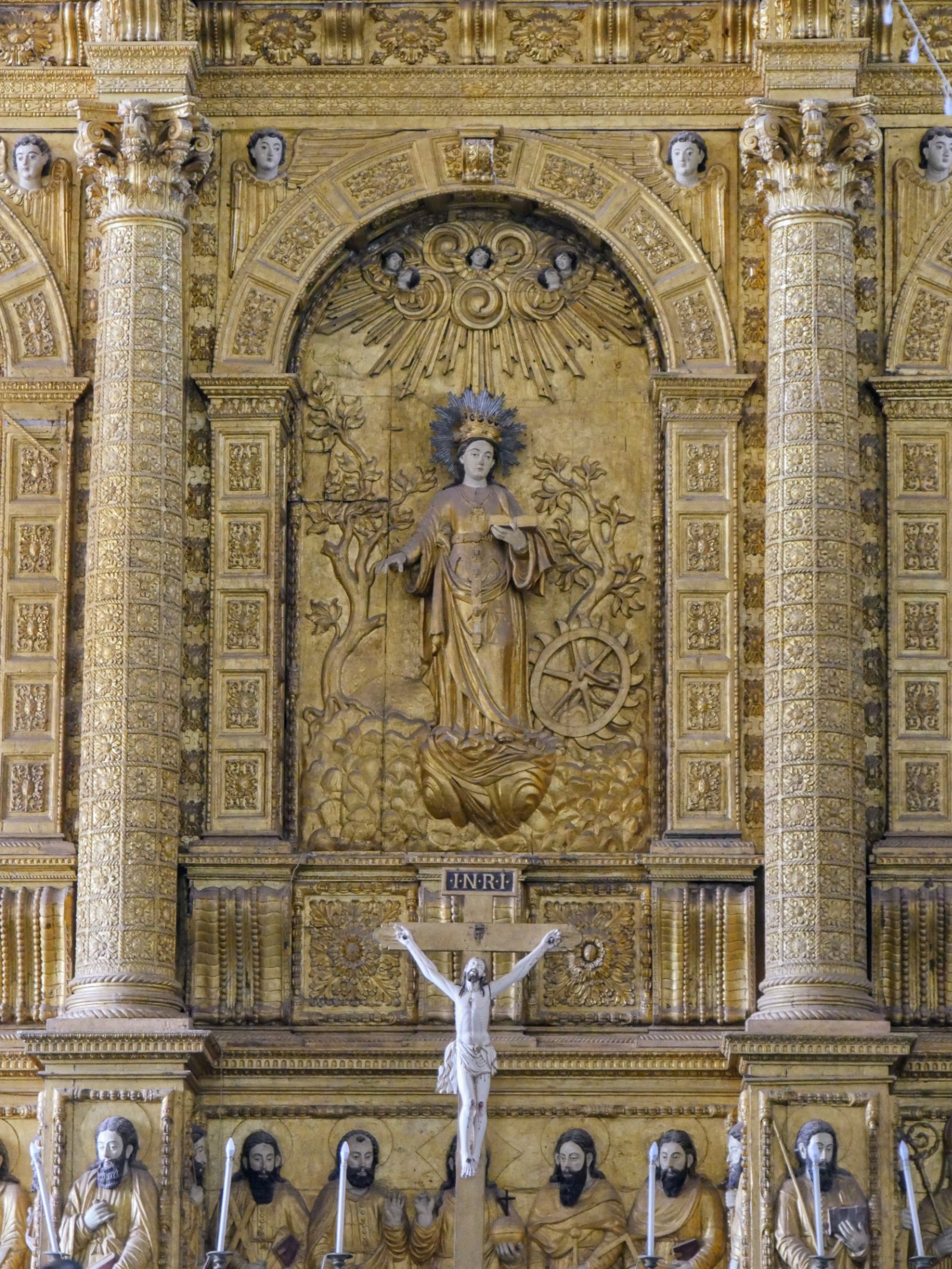
Also known as Old Goa, Goa Velha is a historic Portuguese town. It was once the capital of Portuguese India and played a significant role in colonial administration, trade, and culture from the 16th to the mid-18th century. But despite its early prosperity, Goa Velha faced several challenges, including disease outbreaks, attacks, and harbour issues. By the mid-18th century, the Portuguese had shifted their capital to Panaji, leading to the decline of Old Goa.
Old Goa was an important centre of Christianity in Asia and was known as the seat of the “Primate of the East.” The Portuguese built many churches, convents, and cathedrals, which became significant sites of worship and pilgrimage
during the peak of Portuguese colonialism. It is renowned for its Baroque-style architecture, ornate decorations and grand facades. It is home to UNESCO-listed churches such as the Basilica of Bom Jesus and the Se Cathedral, both of which are famous landmarks in the town. The Basilica houses the remains of St. Francis Xavier, while the Se Cathedral is dedicated to St. Catherine of Alexandria.
Goan Villas
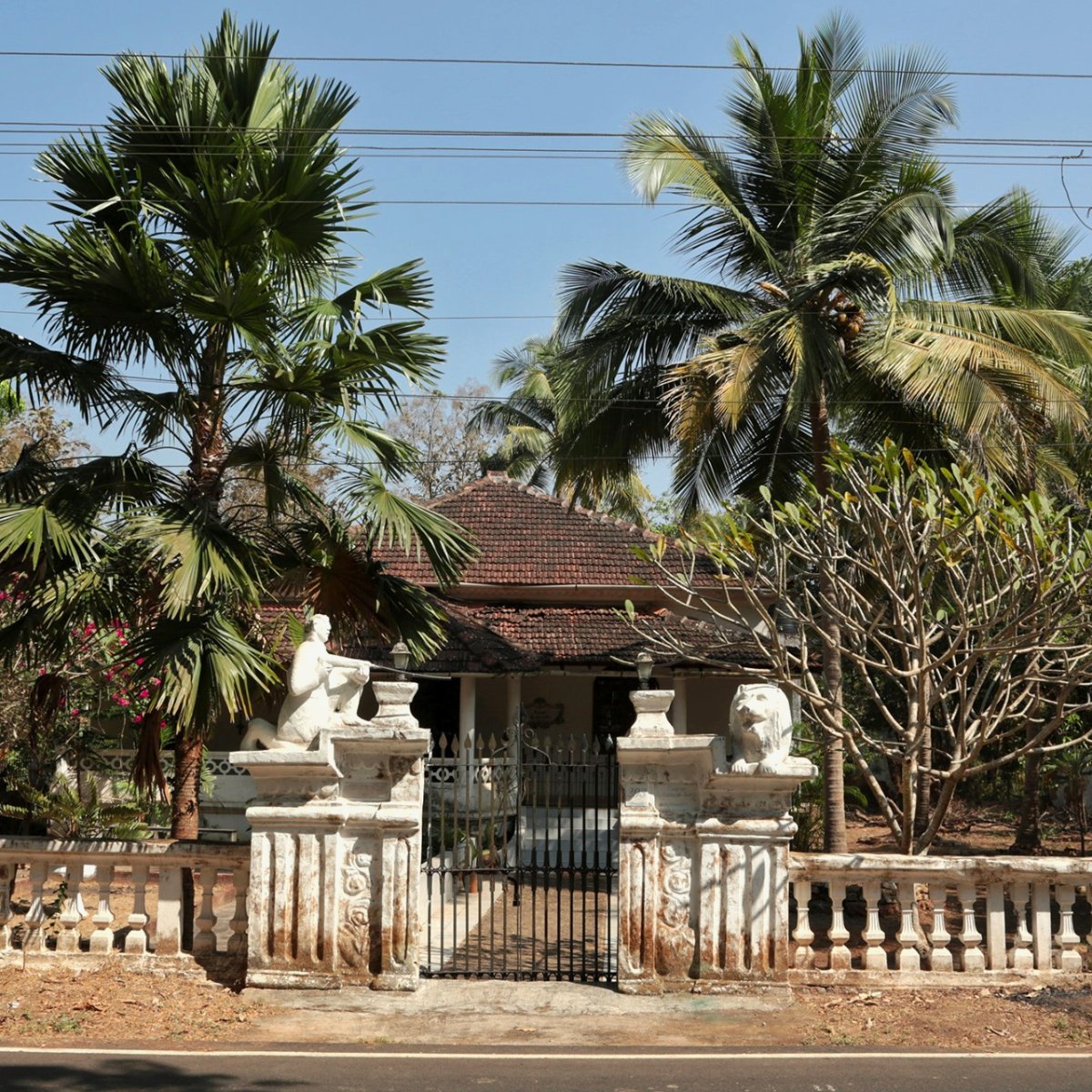
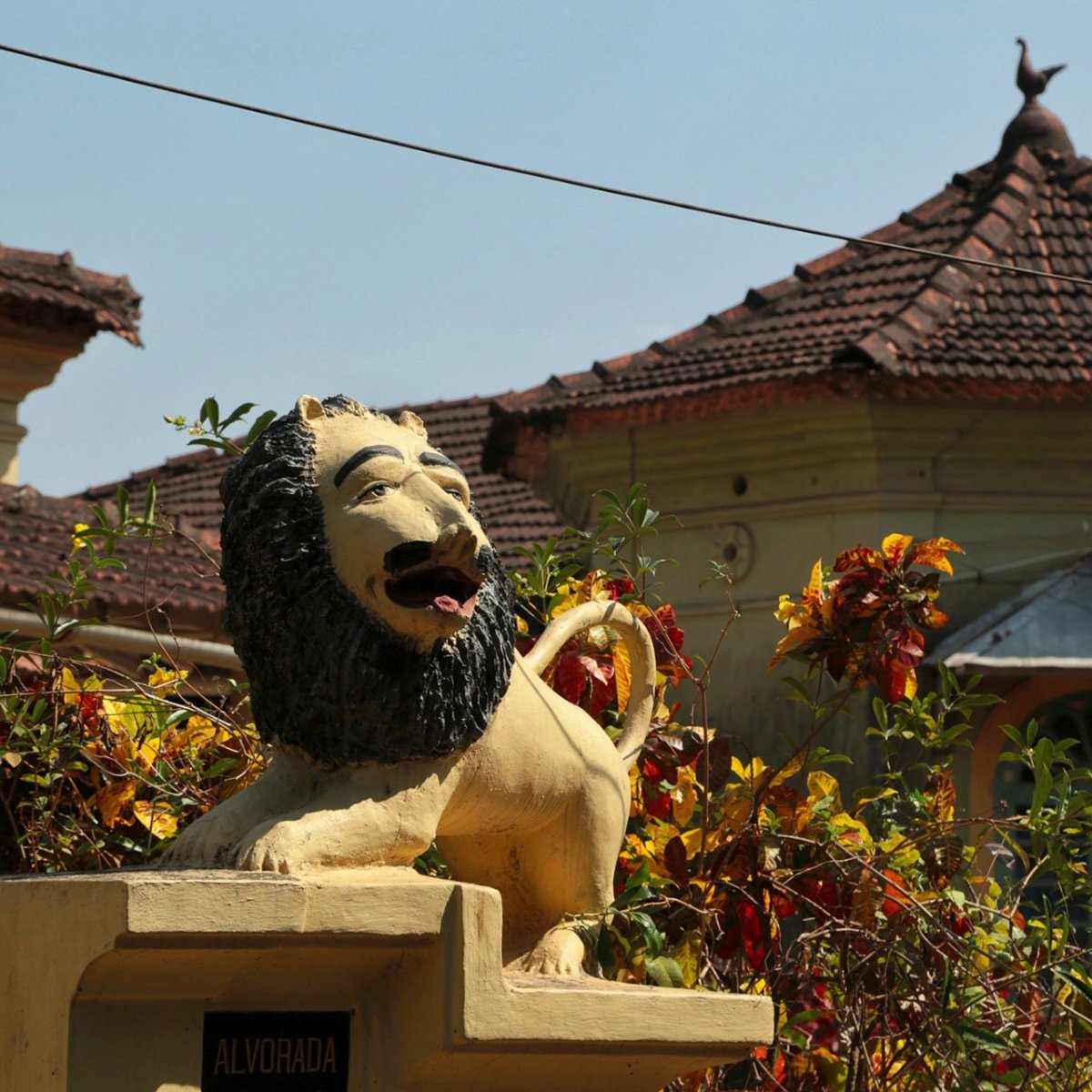

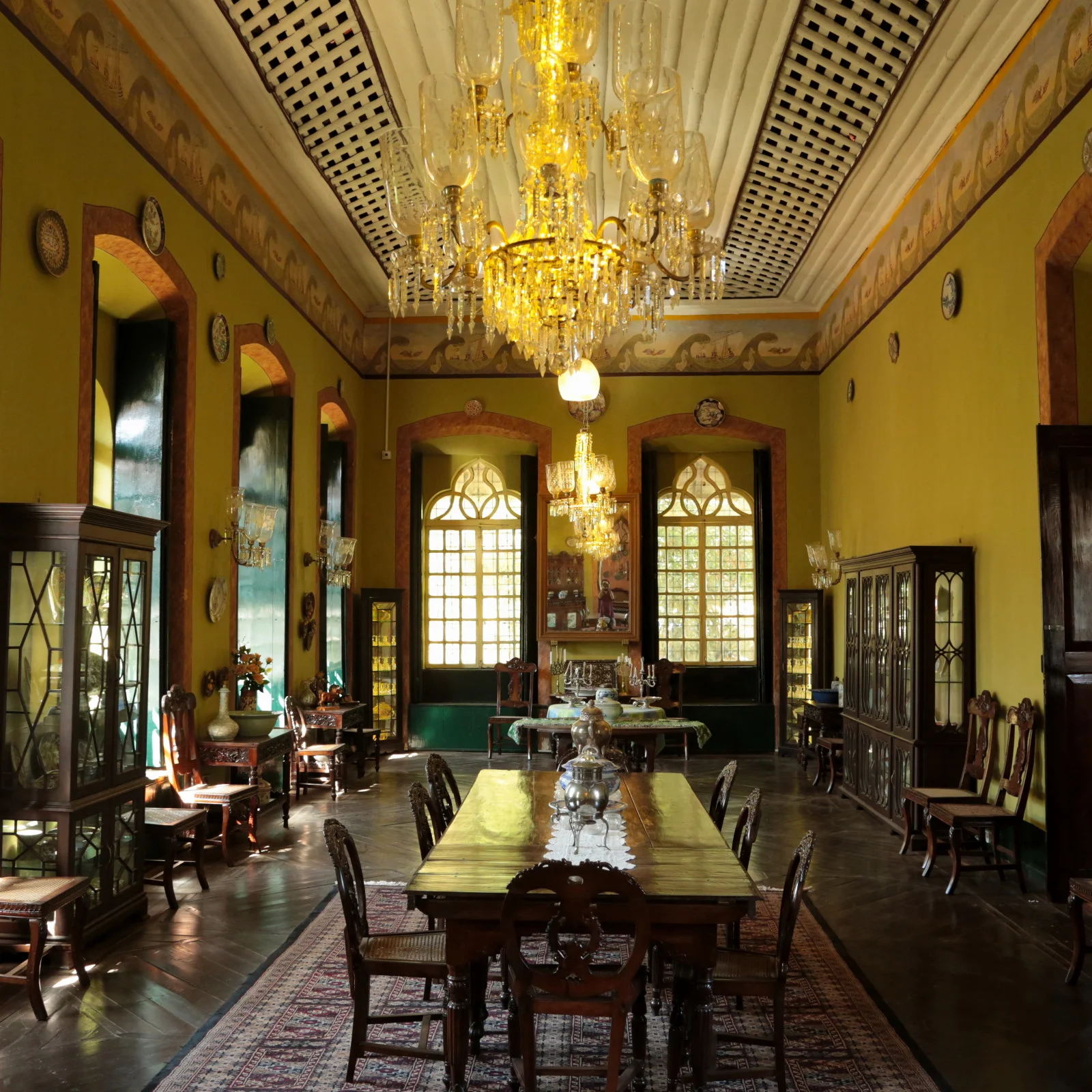
Landscapes of Goa
